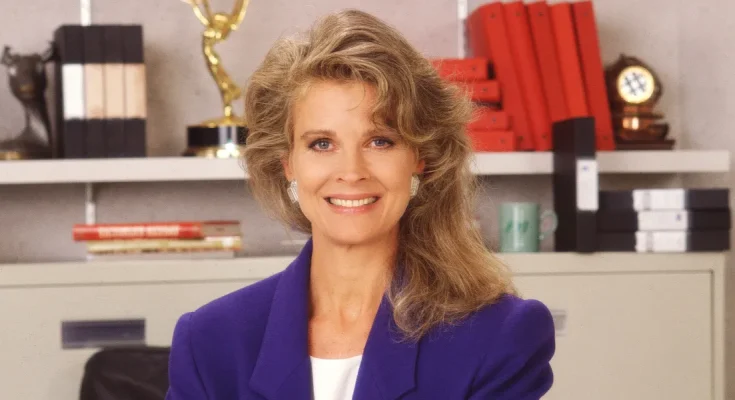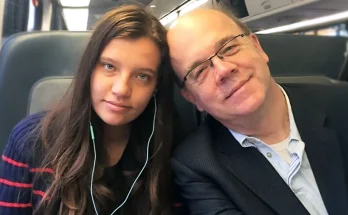This actress once graced the cover of Vogue and led primetime TV. Years later, she hesitated to take a role because she couldn’t trust her memory. Now, she accepts every challenge that comes with age and adjusts accordingly.
In her lifetime, she has found success as a beauty icon, then as an actress, battled serious health issues, outlived two husbands, and embraced the joy of becoming a grandmother. She has tried her hand at business and more. Through it all, she has made clear that public opinion no longer holds any power over how she lives or looks.
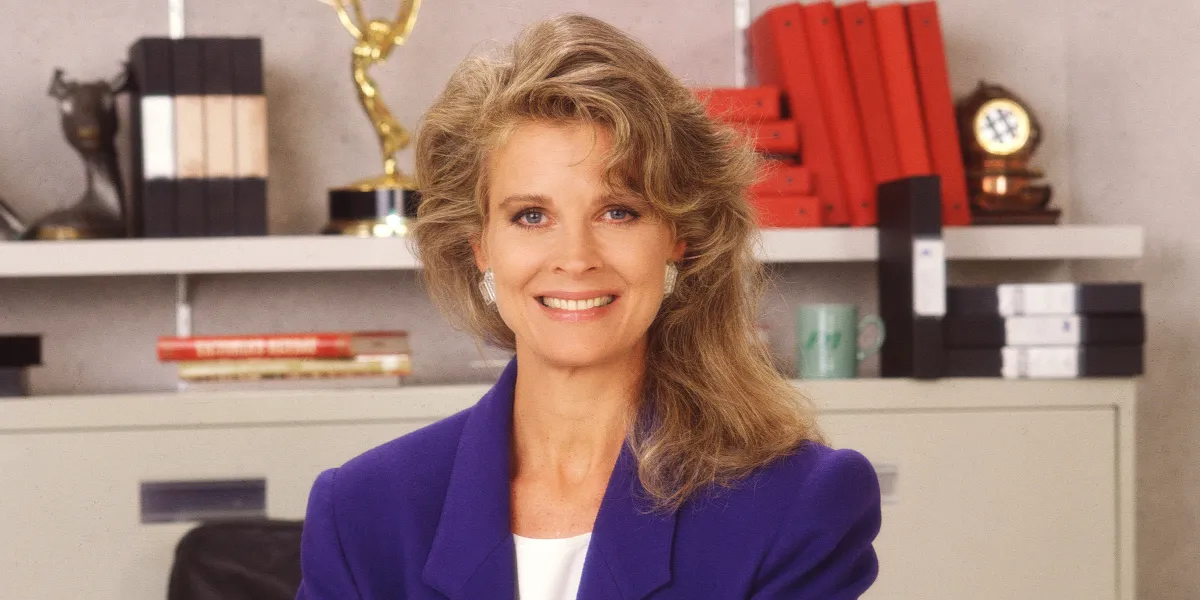
Her priorities have shifted over the years. Gaining weight doesn’t faze her, and she refuses to starve herself or go on a diet. The lines on her face, she says, are part of who she is. She’s no longer trying to fit into sample sizes or smooth out wrinkles with cosmetic fixes. It’s a far cry from where her story began.
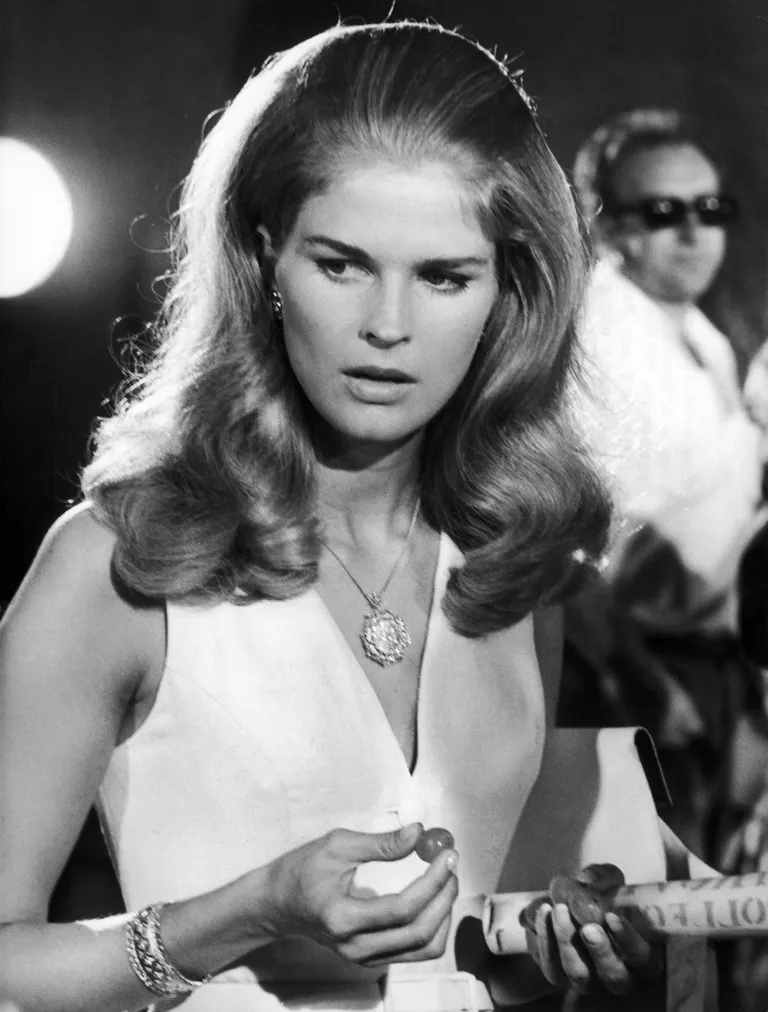
She was born into Hollywood’s inner circle, the daughter of a world-renowned ventriloquist who became famous through radio. Growing up in the shadow of her father’s fame, she was expected to meet the standards set by his legacy and her own appearance.
By the 1960s, she had become known for her reserved elegance, earning a reputation as an ice princess long before she ever spoke a line on screen. In August 1967, she appeared on the cover of Vogue, her image tied closely to American ideals of beauty.

But her early career offered limited roles, often centered on how she looked rather than what she could do. Over time, she began pushing back against the image that defined her debut. What followed was a steady shift from typecast ingénue to an actress known for timing, intelligence, and an ability to anchor complex roles.
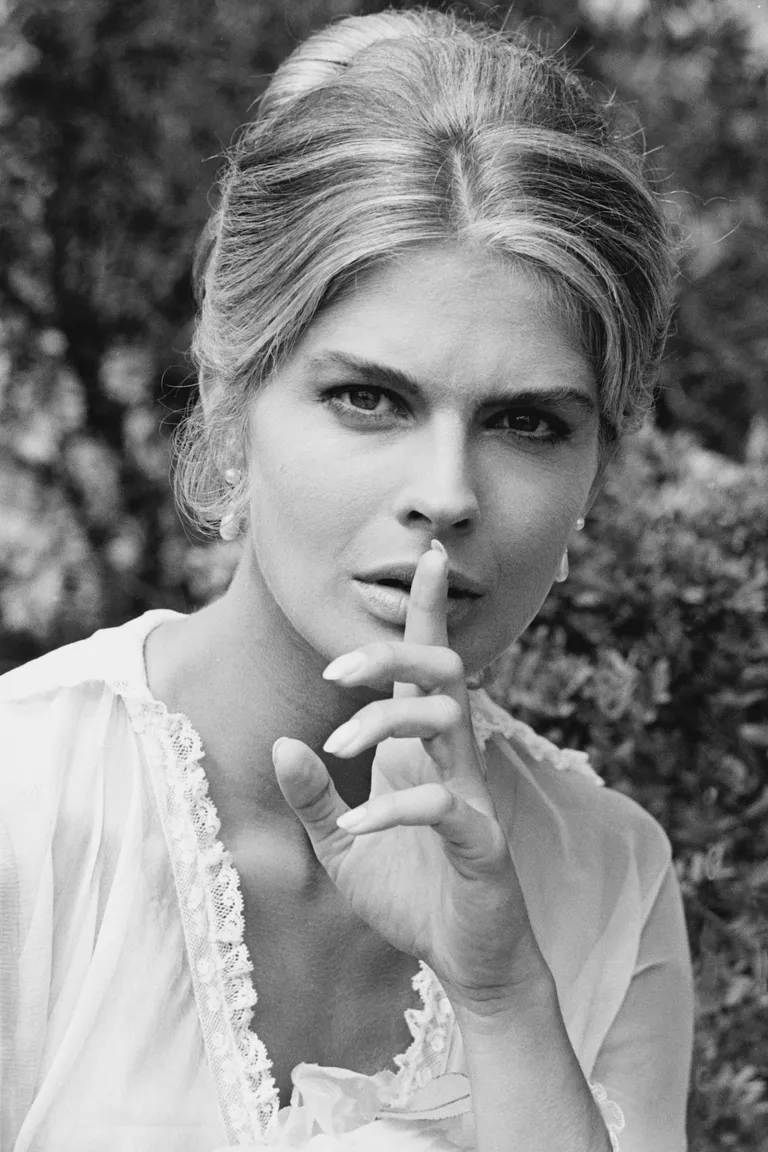
By the late 1980s, she had fully redefined herself. No longer limited to fashion spreads or supporting roles, she took the lead in “Murphy Brown,” a sitcom that became a cultural landmark. Her portrayal of a sharp, unapologetic television journalist struck a nerve, earning her critical acclaim and solidifying her place in television history.
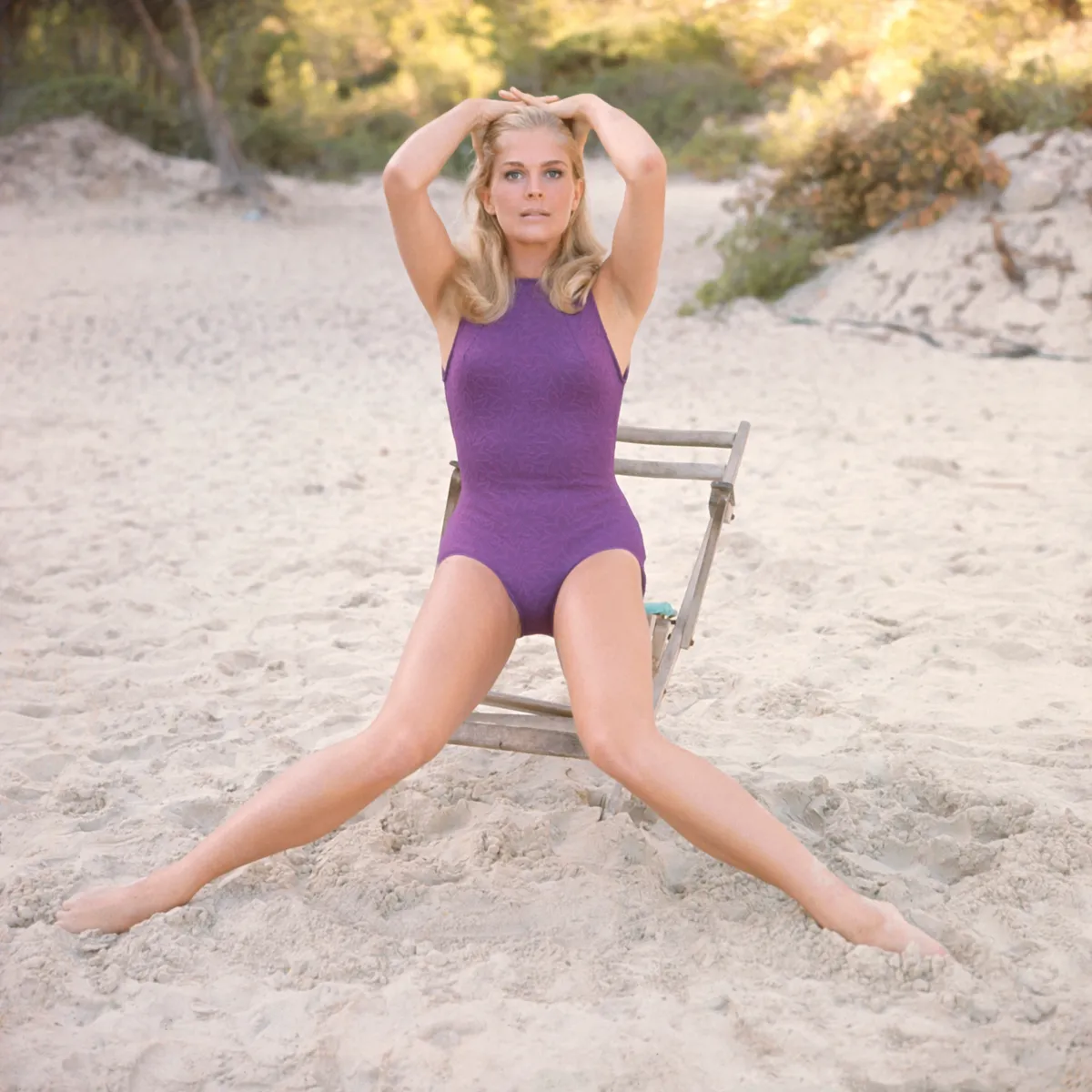
The role came at a time when strong, independent women were still a rarity in primetime, and the performer played it with confidence and bite. Off-screen, she matched her characters’ edge with outspoken views, particularly around feminism and the roles available to women in Hollywood.
Her performance won her five Emmy Awards and helped reshape expectations for women in television. Her later work continued this momentum. The actress took on major parts in films like “Miss Congeniality,” where she played the ruthless pageant director Kathy Morningside.
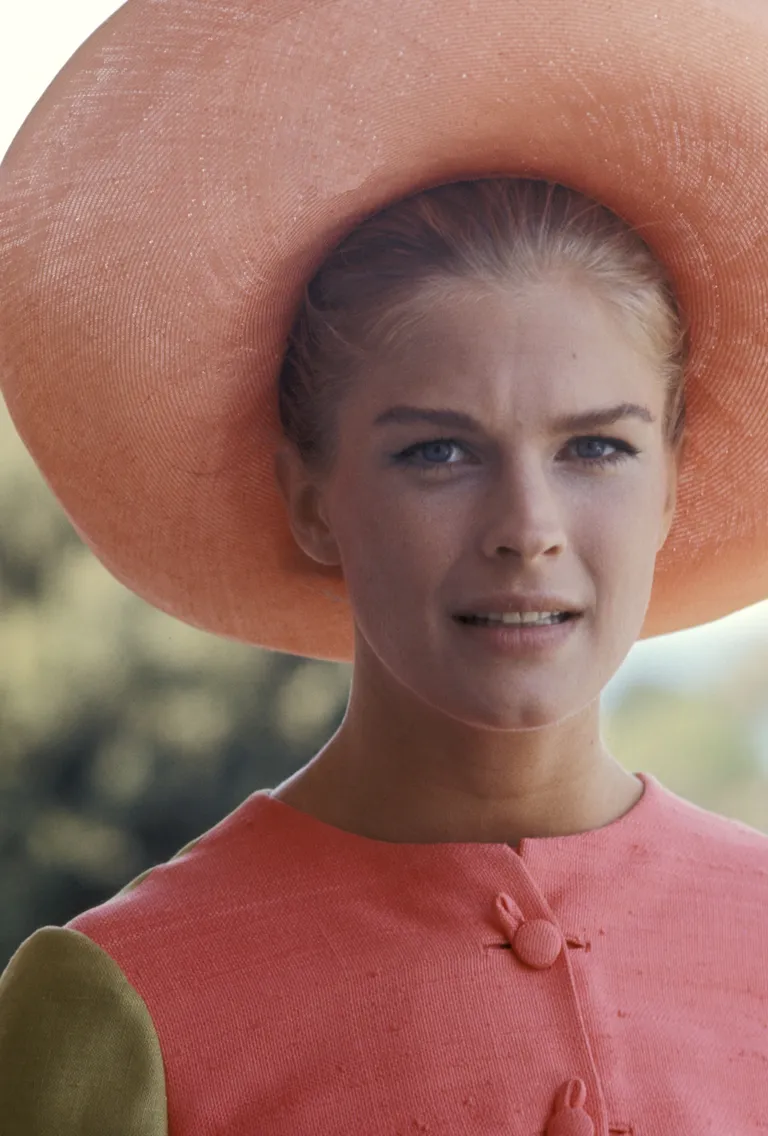
In “Bride Wars” and “Boston Legal,” she balanced comedy with moments of grounded authority. These roles came to define her second act—less about image, more about talent and screen presence. The first major shift in her personal life came in 1980, when she married French film director Louis Malle at age 34.
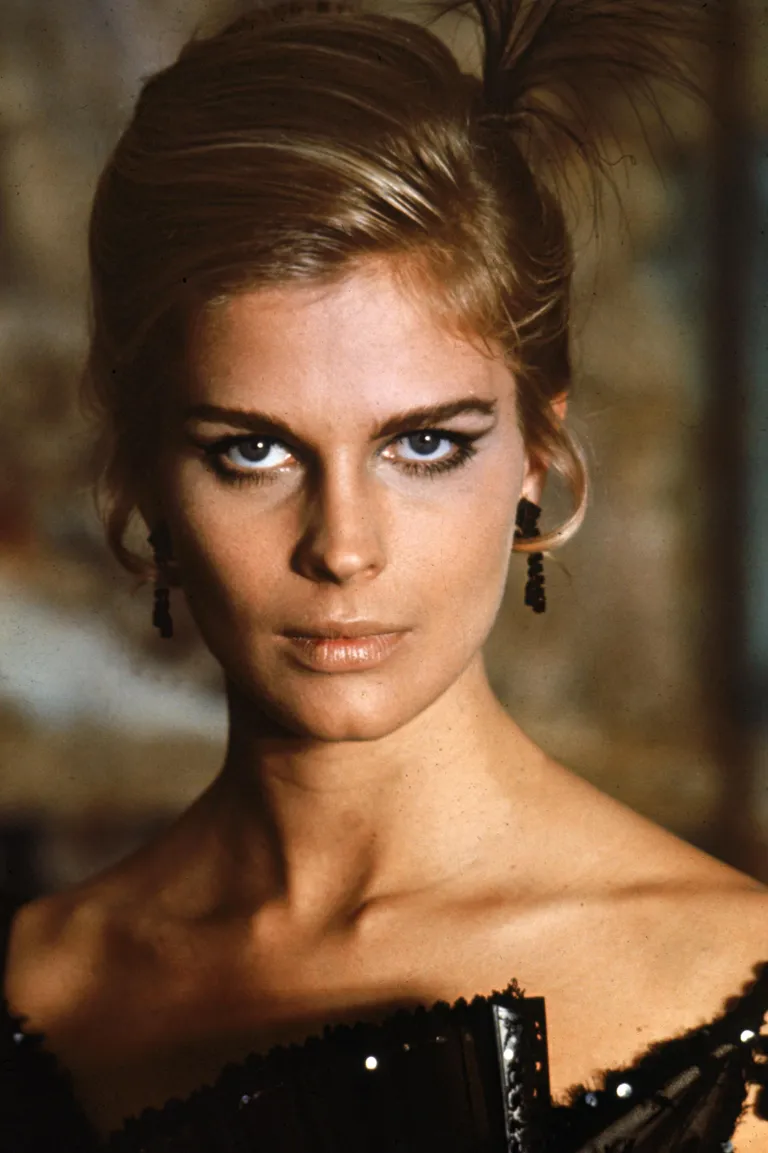
The marriage lasted 15 years, until Malle’s death from lymphoma in 1995. Their daughter, Chloe, was born in 1985, when the former model was 39. Widowed at 49, she remained largely private during the years that followed, focusing on motherhood and her career.
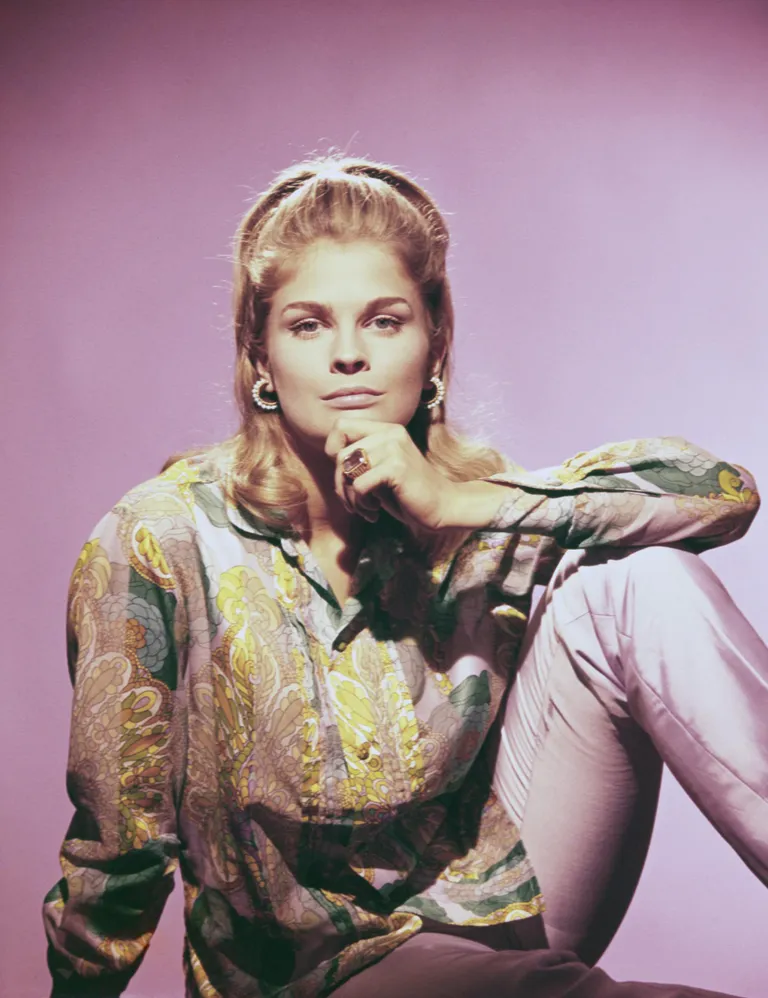
In 2000, she remarried, this time to New York businessman and philanthropist Marshall Rose. She later said that when they met, she thought, “I trust this man completely.” In the years that followed, the actress stayed active in film and television.
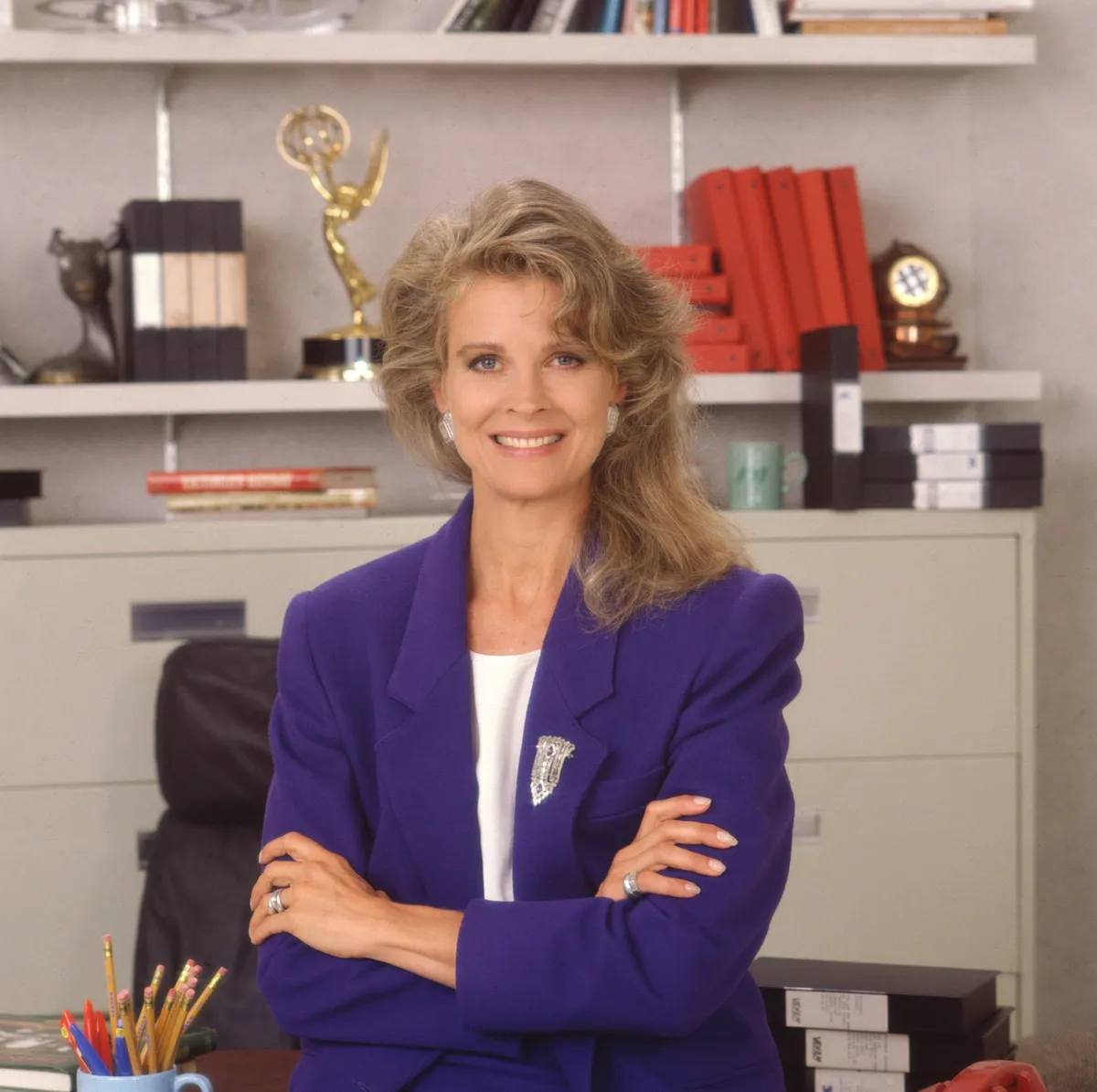
In 2006, during filming for “Boston Legal,” the performer suffered a minor stroke. She returned to work after just two weeks but later admitted she had initially concealed the diagnosis. “I just don’t want it to be a liability,” she said, explaining her reluctance to make the news public.
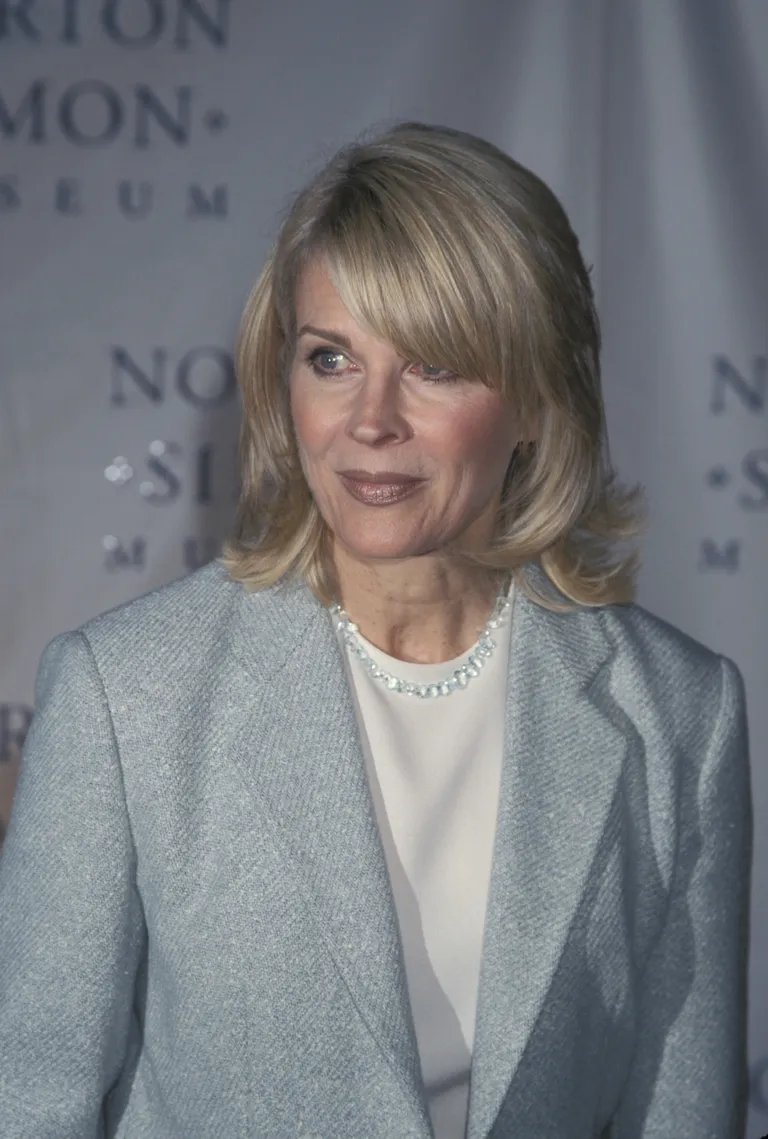
Years later, she revealed there were lasting effects from what she called “a frightening cluster of mini strokes” that began in her early 60s. “My memory is just—” she revealed in a separate conversation in 2012. “It’s not quite the same.” Five months before this interview, she had broken her pelvis during a bike ride.
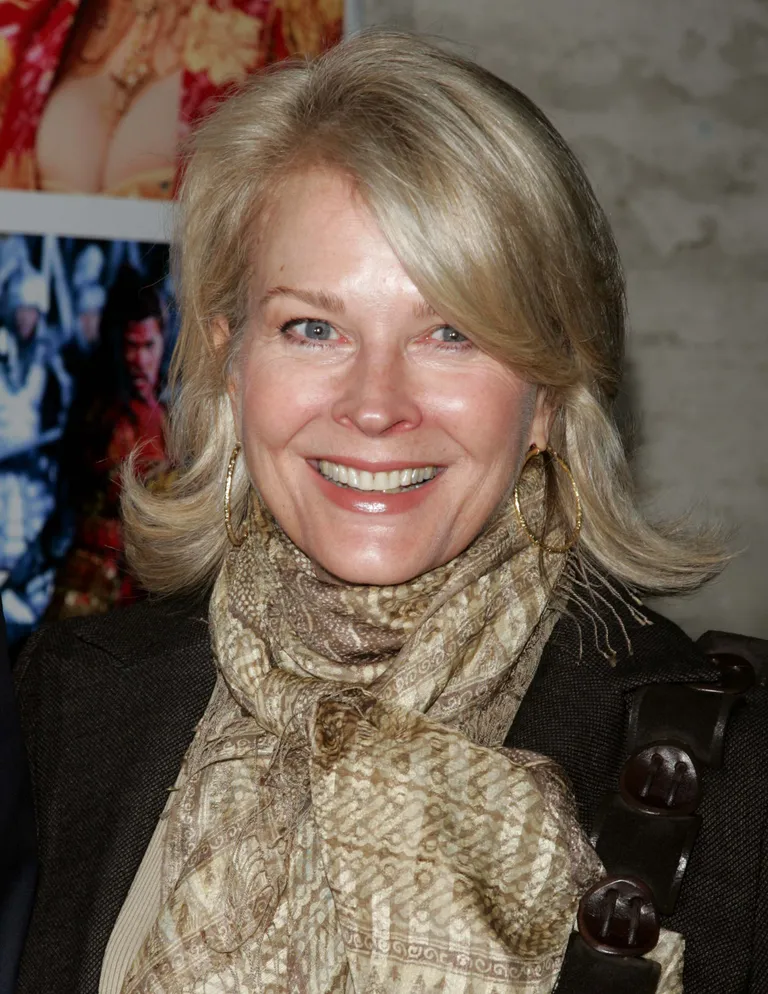
The injury made her more aware of her physical vulnerability. “Now I can fall and I’ll break,” she realized. When producer Jeffrey Richards approached her for a role in the Broadway revival of “The Best Man,” she was hesitant.
Her role was that of a betrayed political wife, a character navigating public scrutiny and private bitterness. The part required nightly monologues and fast-paced exchanges, elements that made her uncertainty about remembering lines even more daunting.
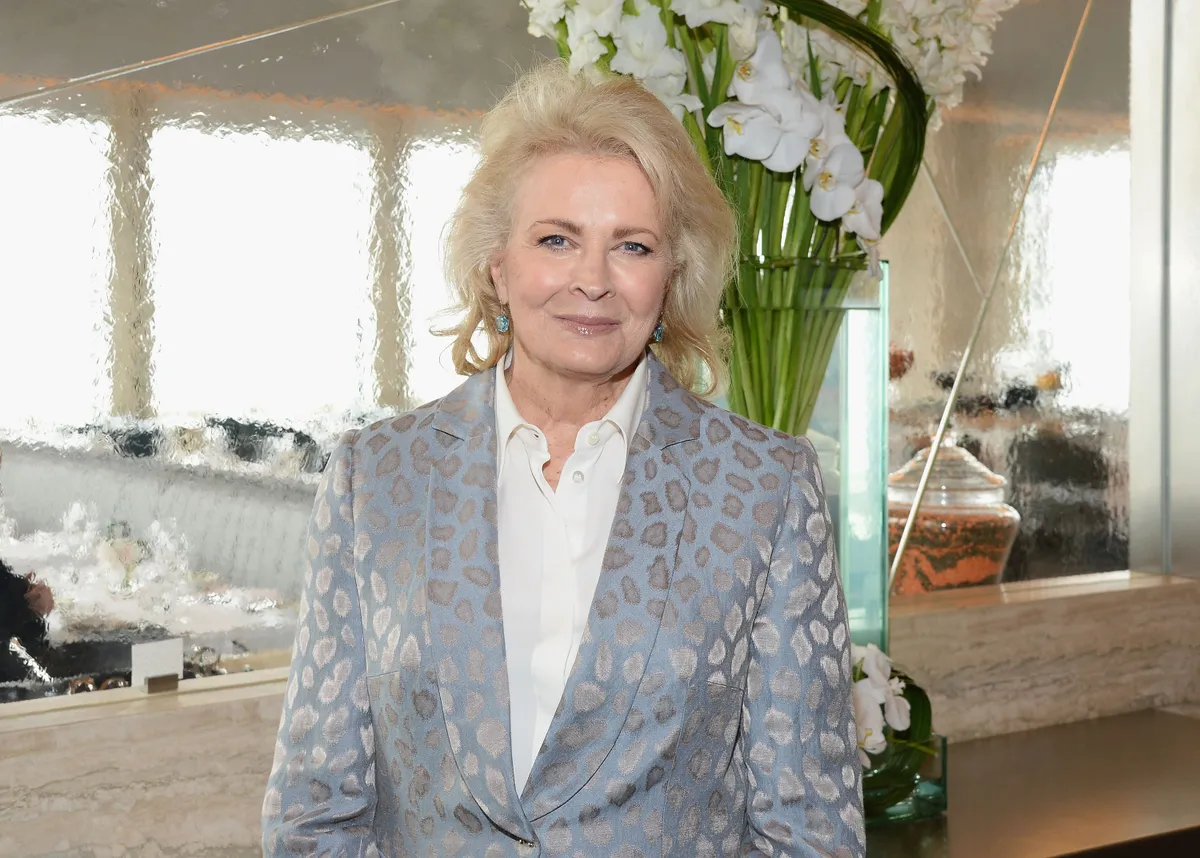
“My concern with theater was no retakes,” she said. “I had no confidence in my memory, and I didn’t want to leave my husband.” As opening night neared, her doubts intensified. After the show opened, she said she was grateful just to have made it through.
In the years that followed, her focus shifted further away from maintaining appearances and toward accepting the physical realities that had become part of her daily life. The actress stopped trying to reverse what aging had already made clear, and in 2015, she addressed it directly in print.
In an excerpt of her memoir “A Fine Romance,” obtained by Today magazine, she wrote, “Let me just come right out and say it: I am fat.” According to her, the weight gain had built up over 15 years. “I live to eat. None of this ‘eat to live’ stuff for me.”
